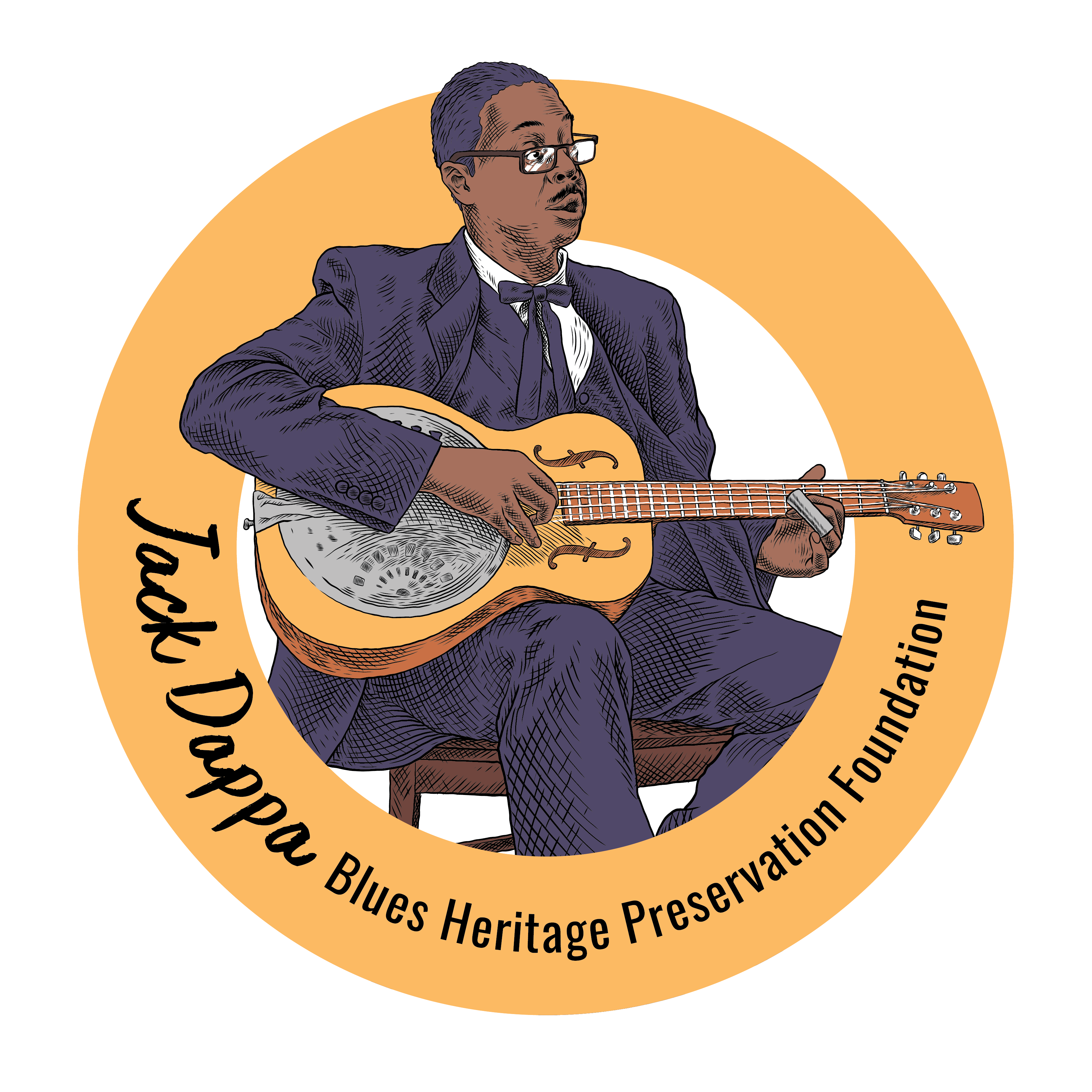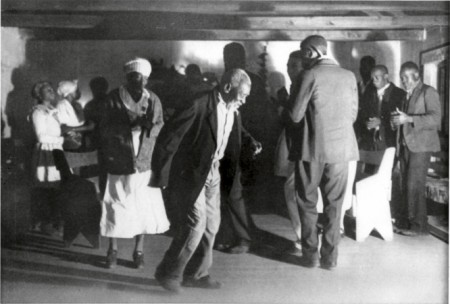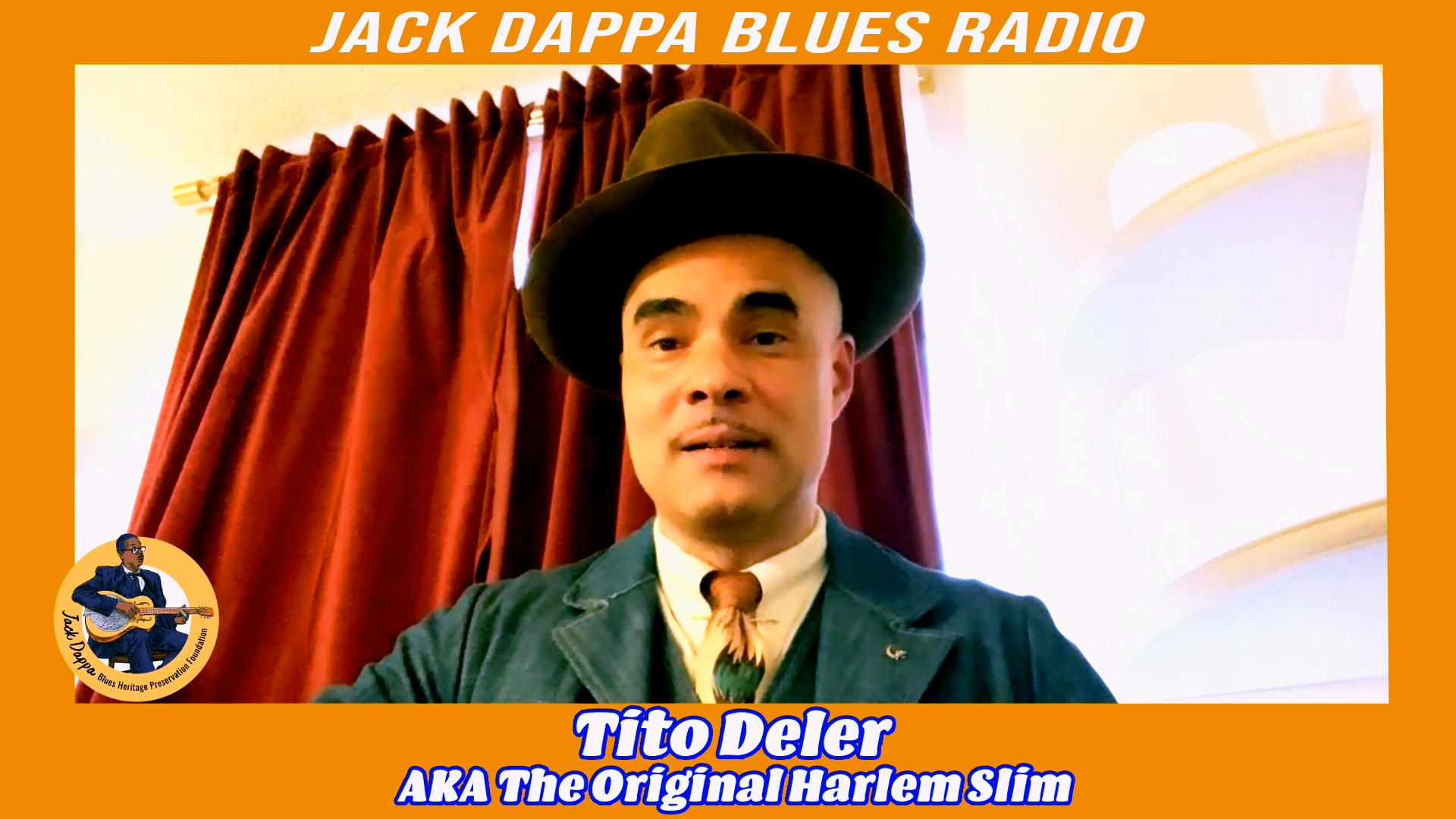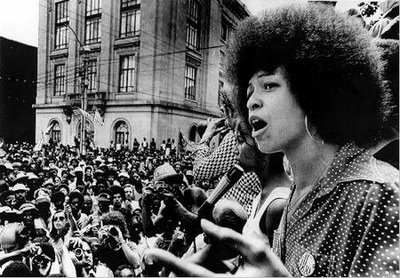Published by
Lamont jack Pearley
In my studies and research, I was reminded of an article written by John Lovell and I encourage you all to read it. I will be conducting a thesis or utilizing it in an upcoming video.
The Social Implications of the Negro Spiritual* JOHN LOVELL, JR.
Early Criticism of Spirituals May 30, 1867 is an important date in the history of Negro culture. On that date, in the New York Nation, there appeared a notice of the first attempt to collect and understand Negro * Literature on the Spiritual and on the related topics I discuss here is voluminous and ubiquitous. The bibliography I suggest here is far from complete, but is fully representative. I— Basic Collections and Studies oj Negro Spirituals Allen, William Francis, Ware, Charles Pickard, and Garrison, Lucy M cKim , Slave Soyigsoj the United States. New York: Peter Smith, 1929 (c. 1867). Barton, William E., Old Plantation Hymns, n.d. Brown, Sterling, The Negro Poetry and Drama. Washington: Associates in Negro Folk Education, 1937. Bronze Booklet N o. 7. Dann, Hollis Ellsworth, Fijty-Eight Spirituals for Choral Use. Boston: C. C. Birchard and Co., n.d. DuBois, W . E . Burghardt, “The Sorrow Songs” in Souls of Black Folk, pp. 250-264. Chicago: A. C. McClurg and Co., 1903. Fenner, Thomas P., Fifty Cabin and Plantation Songs in Hampton and Its Students, ed. by Armstrong, M . F . and Ludlow, Helen W . New York: G. P. Putnam’s Sons, 1874. Harris, Joel Chandler, Uncle Remus, His Songs and His Sayings. New York: D . A ppleton Co., 1892. Higginson, Thomas Wentworth, “Negro Spirituals” in Atlantic Monthly, X I X (June 1867), 685-694. Krehbiel, Henry Edward, Afro-American Folksongs. New Y ork: G. Schirmer, n.d. (c. 1914). Johnson, James Weldon and Johnson, J. Rosamund, The Book of American Negro Spirituals. New York: Viking Press, 1937 (c. 1925). Johnson, James Weldon and Johnson, J. Rosamund, The Second Book of Negro Spirituals. New York: Viking Press, 1926. Locke, Alain Leroy, The Negro and His Music. Washington: Associates in Negro Folk Education, 1936. Odum, Howard W . and Johnson, Guy B., The Negro and His Songs. Chapel H ill: University of North Carolina Press, 1925. Scarborough, Dorothy, On the Trial of Negro Folk-Songs. Cambridge: Harvard University Press, 1925. White, Clarence Cameron, Forty Negro Spirituals. Philadelphia: Theodore Presser, 1927. II— Pictures and Explanations of Spiritual Backgrounds Aptheker, Herbert, Negro Slave Revolts in the United States, 1526-1860. New York: International Publishers, n.d. (c. 1939). Reprinted from Science and Society, I (1937): 512-538; II (1938): 386-392. Douglass, Frederick, M y Bondage and M y Freedom. New York and Auburn: Miller, Orton and Mulligan, 1855. Hare, Maud Cuney, Negro Musicians and Their Music. Washington: Associated Publishers, n.d. (c. 1936). Higginson, Thomas Wentworth, Army Life in a Black Regiment. Boston: Houghton Mifflin and Co., 1900 (c. 1870). Jackson, George Pullen, White Spirituals in the Southern Uplands. Chapel H ill: University of North Carolina Press, 1933. Macon, J. A ., Uncle Gable Tucker; or, Reflection, Song, and Sentiment in the Quarters. Philadelphia: J. B. Lippincott, 1883. Metfessel, Milton, Phonophotography in Folk Music. Chapel H ill: University of North Carolina Press, 1928. Mitchell, Margaret, Gone With the Wind. New Y ork: Macmillan Co., 1936. Nation, I V : N o. 100, Thursday, M ay 30, 1867: “Literary Notes.” Robinson, Avis P., Social Conditions of Slavery as Taken from Slave Narratives. (Unpublished Master’s Thesis, Howard University, 1938.) Siebert, William H ., The Underground Railroad from Slavery to Freedom. New Y ork: Macmillan Co., 1898. Still, William, The Underground Railroad. Philadelphia: Porter and Coates, 1872. Talley, Thomas W ., Negro Folk Rhymes: Wise and Otherwise. New York: Macmillan, 1922. Texas Folk-Lore Society Publications, Nos. 1 to 7 (7 v .), 1916-1928. Weatherford, W . D ., The Negro from Africa to America. New York: George H . Doran, n.d. (c. 1924).
SOCIAL IMPLICATIONS OF THE NEGRO SPIRITUAL 635 spirituals.
One of the prospective compilers announced the forthcoming volume, and added almost shamefacedly: “ No one up to this time has explored for preservation the wild, beautiful, and pathetic melodies of the Southern slaves.”1 Since then, a thousand pens have dipped themselves in the sunlight, and they have scribbled at least a million lines, in praise, in defense, in explanation, in interpretation, in eulogy of the Negro spiritual. They have mined out its religion, its psychology, its philosophy. But the vast wealth of the spiritual in terms of the social mind of a very powerful cultural unit has just been scratched. In that respect, we have pierced only slightly deeper than we had on May 30, 1867. James Weldon Johnson,2 R. C. HarWeeden, Howard, Songs of the Old South. (Verses and Drawings.) New York: Doubleday, Page and Co., 1900. Woodson, Carter G., The Negro in Our History. Washington: Associated Publishers, n.d. (c. 1931). I l l — General Background Books and Articles Austin, M ary, The American Rhythm. Boston: Houghton, Mifflin and Co., 1930. Barnes, Nellie, American Indian Verse. Lawrence: University of Kansas Humanistic Studies, Vol. II, N o. 4, 1921. Child, Francis James, English and Scottish Popular Ballads. 5 v. Boston: Houghton Mifflin and Co., n.d. (c. 1888). Hoffmeister, Karel, Antonin Dvorak, translated by Rosa Newmarch. London: John Lane, n.d. (c. 1928). Kennedy, R . Emmett, Black Cameos. New York: Albert and Charles Boni, 1924. Linton, W . J., Poetry of America. London: George Bell and Sons, 1878. Lovell, John, Jr., “Negro-True” (review of Richard Wright. Uncle Tom’s Children) in Journal of Negro Education, V III (Jan. 1939): 71-73. Pound, Louise, American Ballads and Songs. New York: Charles Scribner’s Sons, n.d. (c. 1922). 1Nation, M ay 30, 1867, p. 428. 2 The Book of American Negro Spirituals, 1937 ed., pp. 10-23. prison,3 and Alain Locke 4 have sketched the periods of the creation and appreciation of the spiritual. They tell us that the spirituals were probably started on their way about 100 years before slavery died; that the heyday of the spiritual was about 1830 to 1865; that from 1865 to 1880 aroused American were collecting them, like fine orchids or trampled old masters; that from 1880 to 1910, men like Harris, Page, and Smith were using them for local color; that since 1910, Negroes, notably DuBois and Johnson, have rolled them through their subjective consciousnesses, with admirable results. White critics, like Krehbiel, Dorothy Scarborough and Guy Johnson, have gone through them with a fine-tooth comb. The farthest advance any of these writers have made into the social meaning of the spiritual is found in Krehbiel, and DuBois. Krehbiel wrote:5 Is it not the merest quibble to say that these songs are not American? They were created in America under American influences and by people who are Americans in the same sense that any other element of our population is American— every element except the aboriginal. Concerning the spiritual DuBois wrote some of America’s finest prose.6 He hinted at the African genius for transmuting trouble into song. His only social comment on the American spiritual, however, concerns “ Nobody Knows the Trouble I’ve Seen,” and that comment is incidental to a gorgeous picture:7 3 Texas and Southwestern Lore N o. 6, 1927, pp. 144-153. 4 The Negro and His Music, pp. 10-21. 5 Afro-American Folksongs, p. 26. 6 “The Sorrow Songs” in The Souls of Black Folk, 1903 ed. 7 Ibid., p. 255.
The Rest of piece you can read HERE




